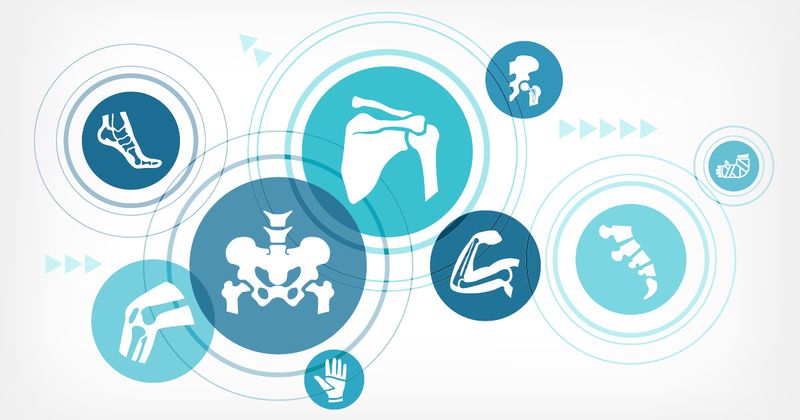Infection
CDC Surgical Wound Classification may have limitations for surgical site infections
August 10, 2023
1 min read
Source/Disclosures
Published by:
Cho E, et al. Paper 1084. Presented at: Musculoskeletal Infection Society Annual Meeting; Aug. 4-5, 2023; Salt Lake City (hybrid meeting).
Disclosures:
Cho reports no relevant financial disclosures.
Key takeaways:
- CDC Surgical Wound Classification may have limitations predicting surgical site infections in lower extremities.
- Increasing wound class was associated with increased infection rate, according to results.
The CDC Surgical Wound Classification may have predictive limitations for surgical site infections among lower extremity fractures, according to recently presented data.
“The CDC Surgical Wound Classification has notable limitations for use in the orthopedic trauma setting, and alternative classification systems may have improved utility and warrant further investigation,” Elizabeth Cho, MD, said in a presentation at the Musculoskeletal Infection Society Annual Meeting.
In a retrospective chart review of data of adults with lower extremity who screened positively for open fracture, abscess or wound debridement, repeat operating room visits with an orthopedic provider, intraoperative cultures or infectious disease consultation and were treated at a level-1 trauma center between 2007 and 2022, Cho and colleagues evaluated the predictive capacity of the CDC Surgical Wound Classification for surgical site infection. The CDC Surgical Wound Classification includes the following four classes of wound: clean, clean-contaminated, contaminated and dirty/infected.

Elizabeth Cho
Researchers found the overall infection rate in the cohort was 2.26%. Cho said increasing wound class was associated with increased infection rate, ranging from a 0.94% infection rate in the clean cohort to a 9.87% infection rate in the dirty/infected cohort. Cho said there was no significant difference between the infection rates of the clean-contaminated and contaminated cohorts. In addition, multivariate analysis controlling for open vs. closed fractures showed the odds of infection were only greater in the clean and dirty/infected cohorts, Cho said.
“Findings of our study suggest that overall, the [CDC] Surgical Wound Classification does correlate with infection, but this relationship is confounded by the effect of open vs. closed fractures,” Cho said. “Primarily, the ability of this system to predict infections seems to rely on classes of the extreme classes 1 and 4. There’s decreased discriminatory ability within the middle two classes, and it remains ambiguous which fractures should be categorized into those two classifications.”


